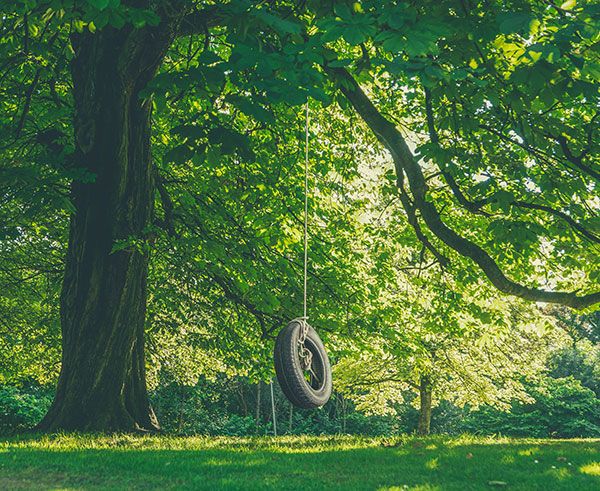
Tree Health Care Services
This is step one to a healthier tree. This is where we evaluate and provide recommendations for your tree. This is proactive tree care and the most cost-effective way to maintain your tree and maximize its longevity.
Root rot is caused by one of many fungi and is one of the largest issues facing urban trees. Many times, root rot can lead to a very slow death. Limbs die and foliage begins to thin. This can lead to tree mortality, and can lead to total root failure resulting in the entire tree falling over.
Often, when detected early, insects can be controlled. Healthy trees often do not require insecticide treatments. Cultural practices (keeping your trees healthy) are the best defense against insects; however, insect populations can explode and, in some cases, bring about tree mortality.
Fertilization can be applied by broadcasting on the soil, injecting into the soil, or injecting directly into the tree itself. The time of year is important when determining the right fertilizer mix for your tree. It is also important to take soil samples to make certain of exact fertilization needs.
Soil Sample – Always important when starting a tree health care regimen that includes fertilization and soil amendments.
In the urban environment, trees suffer from soil compaction. When soil becomes compacted it loses its ability to absorb water and nutrients. Compacted soil is also depleted of oxygen which is important for tree roots to function properly. Root invigoration is a process where we use specialized equipment to restore oxygen levels in the soil by creating air space. This also makes the soil more absorbent so that it can better absorb water and nutrients and retain water.
Removing excess soil from around the trunk of the tree. Excess soil can occur naturally and is also caused by the modern practice of volcano mulching – when mulch is piled several inches on the tree’s trunk. Excess soil leads to trees struggling to move nutrients up and down the tree, inhibiting growth and leading to basal decay. All can lead to eventual tree mortality, and basal decay can result in immediate tree failure (tree falling over without warning.).
Installed to redirect root growth away from the places we live, such as patios, driveways, walkways, and even house foundations. Although we love trees, sometimes they encroach on our living spaces.
Cutting roots with a sharp tool/saw. When roots are cut and not ripped, as often they are during construction, new root growth is propagated from where the cuts are made. Root Pruning is performed prior to Root Barrier Installation, and when trenching or other work is necessary within the root zone or any time roots within the root zone need to be impacted.
Evaluating trees for their risk potential. Trees are assessed in two areas Tree Health and Structural Integrity. Sometimes a tree may appear healthy and may be healthy, but the tree possesses a major structural problem such as a large cavity or areas of rot and decay. Identifying these problems and understanding the consequences if this structural problem leads to tree failure. Failure could be the entire tree falling or it could be a limb that falls.
P.O. Box 780603
Tallassee AL 36078
Cell: 1-334-324-4914
email: email hidden; JavaScript is required